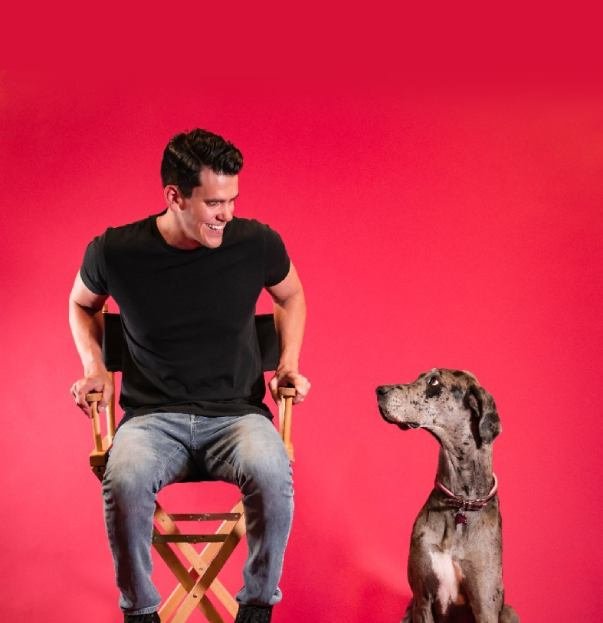eCommerce Design Trends: Beyond the Best Practices
By Randall Hartman, Founder & Interactive Creative Director, Groundwrk


Randall Hartman is the founder of Groundwrk and also the Interactive Creative Director. He oversees the entire creative process, approving any and all creative before it hits client eyes. His industry experience kicked off in 2011 and since he has lead projects for Frontier Airlines, ReMax, GolfTec, The Boppy Company, Vail Resorts, Fathom Events, and Tuff shed.
There used to be this concept of a “barrier of entry” which, traditionally, communicates obstacles that a company would need to navigate through before entering an industry or niche. These barriers were pretty high for the earlier generations (sorry boomers) but now the term “barrier” is a bit misleading as anyone with a credit card and the ability to google “how to start an online business” can now enter a market. Additionally the advancements in eCommerce platforms
such as Shopify make it easier, and cheaper, to create a gorgeous website that can stand up next to the behemoths of any industry.
With the cornucopia of eCommerce websites, due to this low barrier of entry, brands are getting bold with their strategy and ditching the “best practices” that once defined eCommerce design. Below is a list of recent eCommerce design trends that you can expect to see more of in 2023.
Trend 1: Brand Forward
Trend 2: Studio + Lifestyle Photography
Trend 3: Moving Images
Consumers want to interact with your brand and are willing to pay a premium for that extra connection. What typically makes a company unique, such as quality ingredients, eco-friendly, locally owned, yadda, yadda are now simply table-stakes. The consumer-brand connection doesn't stop at the purchase either. Building brand equity entices the customer to interact on other platforms such as social media or even clothing. Last, and certainly not least, leading with the brand allows the company to expand on products, take risks, and not pigeonhole themselves into one product category.
Tillamook and Savage Beef Jerky are great examples.
There are two image styles that are dominating the highest performing eCommerce websites (excluding Amazon).
The first is “studio shots” which highlight the product and usually do not include people. These are high-quality images of the product and can include supporting subject matter such as ingredients but the idea is to make the product the hero. The quality of these images tell a story of your brand and usually leads to an increase in perceived value.
The second is “lifestyle shots” where the product is shown as part of everyday life. A lifestyle shoot gives brands the opportunity to show their product alongside their target audience while also controlling the positioning (or narrative) of their brand.
These two photo styles should be used together but not necessarily equally. The utility and audience should dictate this ratio. For instance, Beis is a luxury luggage brand and leans heavily into lifestyle while Judy is a more practical brand and showcases more studio shots.
While these are technically video files, they’re intended to be “moving images” that capture the user’s eye without the opportunity for them to click a play button. This could be upfront and center on the homepage, used as a product demonstration (scroll halfway down the homepage), or even added to a product page for little more flair. The trick is to have fun and be intentional. A moving image can replace paragraphs of text while adding a quality touch to any website.
Great design is not just what looks good. It also needs to perform, convert, astonish, and fulfill its purpose.

Trend 4: Unique Layouts
Whats next?
Brands that target younger audiences such as Gen Z and Millenials can stretch outside the norms and “best practices” of web design. Standard design layouts can be thrown out the door in exchange for unique layouts that surprise or entertain the user. Now, the decision to create a unique layout should not solely be made based on the audience, the brand voice and product need to back it up as well. For instance, Bold Cow’s website features a bold, unique layout that fits perfectly within their brand. Nooch’s website may have one of the most unique layouts but the story it tells about the brand and the people that work there is crystal clear.
With Gen Z entering the workforce eCommerce brands need to focus on creating joy for their users rather than pure conversion metrics. Unique layouts will become more dominante in order to help the smaller brands stand out from the clutter and finishing touches such as moving images mixed with design elements will continue to replace the written word.




